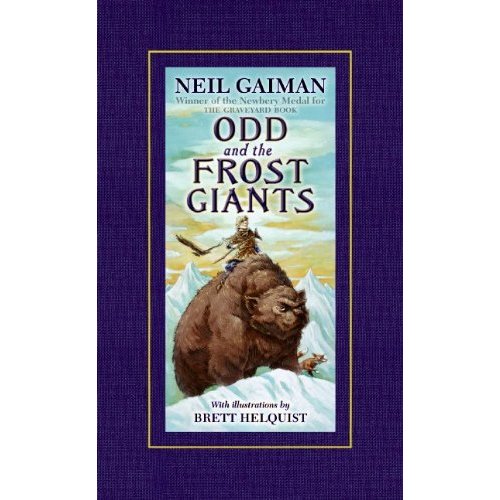This fall the Twin Cities was host to TWO major stagings of Othello, both with some of our best local actors. When I pulled our Arden 2nd series copy off the shelf, I was repulsed by the cover, and annoyed, as it portrayed Othello as a boy, which he’s not. The copy, which was used, was filled with someone else’s notes and underlining, so I hied myself off to the bookstore, in flagrant dereliction of my latest book vow (WHY do I make those?) and picked up a lovely new copy of the 3rd edition of Arden Shakespeare’s Othello, edited by E. A. J. Honigmann and published by Methuen. (My dear friend Thalia introduced me to the Arden editions in 1995, and I’ve been with them ever since, even as they’ve gone through multiple editions and publishers. I can barely understand who publishes it now.)
About the text of the play: Othello, a successful military man, marries Desdemona, a young gentlewoman of Venice. He is dark, (whether African or Middle Eastern is a point of scholarly contention) and she is fair. Iago, Othello’s ancient (or ensign), is upset because he’s been passed over for promotion, and seeks revenge, or at least that’s what he says to begin. He persuades Othello that Desdemona and the new lieutenant, Cassio, are having an affair. Othello sinks quickly into jealousy, and bad things happen. Then worse things happen. It is a tragedy, after all, one whose themes of racism, jealousy, loyalty, deception and murder continue to play out in the world’s headlines today.
Iago: O beware, my lord, of jealousy!
It is the green-eyed monster, which doth mock
The meat it feeds on. (3.3.165-7)
About this edition: Honigmann’s editing is clear and helpful. Useful glosses are provided for difficult or archaic usage as well as helpful notes on understanding some of the repeated themes and phrases of the text. As with most introductions, I think it should be read after, not before, as it refers to minutely to the play that it is more helpful when the play details are fresh. I particularly like the section on the history of the play’s performance, and how actors have played the major roles.
Additionally, Honigmann lays out the evidence for some of the major questions about the play: was Iago in love with Othello, how does the play deal with the passage of time, what is the right tone for Iago, and most important to the editor: is Othello Shakespeare’s greatest tragedy? Honigmann says yes. While the text of Hamlet may excel in poetry and Lear in pathos, both are often criticized as too long in performance. In performance, Othello’s “extraordinary momentum and the audience response it generates place it, in these respects, ahead of its nearest rivals, Hamlet and King Lear.”
I saw both the recent Twin Cities’ productions, and hope to view the Lawrence Fishburne/Ken Branagh film soon. The Park Square Theater production (reviews from Twin Cities Daily Planet, Examiner, and Star Tribune) was very good and traditionally staged. But even though I sat in the second row, it had nowhere near the power of the intimate setting of the Ten Thousand Things production (reviews from TC Daily Planet, Star Tribune, and MinnPost), after which ending the room leapt to their feet in an outpouring of spontaneous admiration and applause. I was extremely fortunate (if financially poorer) for being able to see two professional productions in one week so I could compare and contrast them.
Among many points, I was interested to note that in both, Iago was portrayed as a villain for villainy’s sake, with little query or complexity given to his shifting reasons for destroying so many. One Desdemona went to her death meek, while the other fought fiercely. I continue to find I prefer the more simply staged, evocative performances to the traditionally staged ones. To my sensibilities, there is a creativity that shines on the smaller stage that highlights the play more than fancy backdrops and sound effects do.









 I consumed a lot of books and food over Thanksgiving;
I consumed a lot of books and food over Thanksgiving;